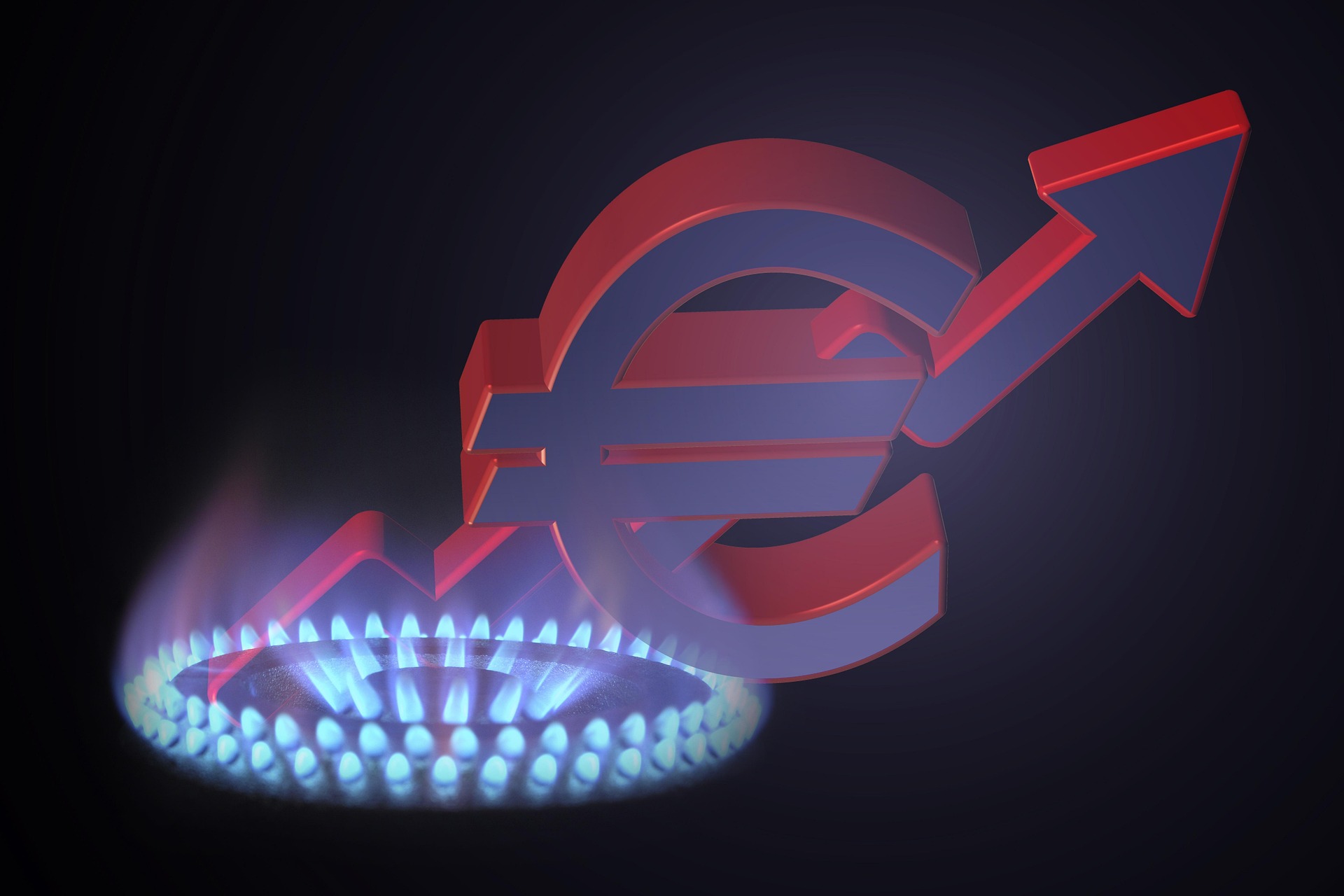
Natural gas is a key global commodity used for electricity generation, heating, industrial processes, and as a feedstock for chemicals. It is traded on major exchanges and influenced by supply-demand dynamics, weather, geopolitics, and energy transitions.
1. Natural Gas Basics
-
Composition: Primarily methane (CH₄), with small amounts of ethane, propane, and other hydrocarbons.
-
Extraction: Extracted via drilling (conventional and shale gas via hydraulic fracturing/fracking).
-
Forms of Trade:
-
Pipeline Gas (e.g., Europe’s imports from Russia, U.S. domestic supply).
-
Liquefied Natural Gas (LNG) (shipped globally in cryogenic tankers).
-
2. Natural Gas Pricing & Trading
Major Pricing Benchmarks
| Benchmark | Region | Exchange | Key Features |
|---|---|---|---|
| Henry Hub | U.S. | NYMEX (CME Group) | Most widely traded futures contract, priced in USD/MMBtu |
| TTF (Title Transfer Facility) | Europe | ICE Endex | Europe’s leading gas hub, replacing oil-indexed pricing |
| JKM (Japan-Korea Marker) | Asia | Platts | LNG spot price benchmark for Asia |
| NBP (National Balancing Point) | UK | ICE Futures | UK’s primary gas pricing point |
How Natural Gas is Traded
-
Futures & Options (e.g., NYMEX Henry Hub, ICE TTF).
-
Spot Market (short-term physical deliveries).
-
OTC (Over-the-Counter) Swaps (used by utilities & traders).
3. Key Market Drivers
-
Supply Factors
-
U.S. shale gas production.
-
Russia’s pipeline exports (impact of sanctions post-Ukraine war).
-
LNG export capacity (U.S., Qatar, Australia).
-
-
Demand Factors
-
Weather (cold winters increase heating demand).
-
Industrial & power generation use (competes with coal & renewables).
-
Asian LNG demand (China, Japan, South Korea).
-
-
Geopolitical & Economic Influences
-
Sanctions (e.g., Russia-Europe gas cuts).
-
Energy transition policies (shift from coal to gas).
-
Global LNG shipping costs & supply disruptions.
-
4. Natural Gas vs. Other Energy Commodities
| Commodity | Price Linkage | Volatility | Key Differences |
|---|---|---|---|
| Crude Oil | Historically linked (oil-indexed contracts), but now diverging | High | Oil used for transport; gas for power/industry |
| Coal | Competes in power gen (coal-to-gas switching) | Moderate | Gas is cleaner but depends on infrastructure |
| Renewables | Negative correlation (more renewables → less gas demand) | Low | Gas acts as a “bridge fuel” in energy transition |
5. Investing in Natural Gas
Ways to Gain Exposure
-
Futures & Options (NYMEX, ICE).
-
ETFs & ETNs:
-
UNG (United States Natural Gas Fund) – Tracks Henry Hub futures.
-
BOIL (2x leveraged gas ETF).
-
FCG (Natural Gas Equities ETF – invests in gas producers).
-
-
Stocks:
-
Producers (e.g., Cheniere Energy (LNG), EOG Resources).
-
Pipeline & storage firms (e.g., Kinder Morgan (KMI), Williams Companies (WMB)).
-
Risks
-
Price Volatility (weather, storage levels affect short-term prices).
-
Regulatory Shifts (climate policies may reduce long-term demand).
-
Geopolitical Risks (supply disruptions, sanctions).
6. Future Outlook
-
Short-Term: Prices influenced by storage levels, weather, and LNG demand.
-
Long-Term:
-
Bullish Case: Rising LNG demand in Asia, coal-to-gas switching.
-
Bearish Case: Growth of renewables, potential oversupply from new LNG projects.
-
Conclusion
Natural gas is a critical but volatile commodity, shaped by geopolitics, weather, and energy transitions. Traders and investors must monitor supply-demand balances, storage reports, and policy changes to navigate this market effectively.
